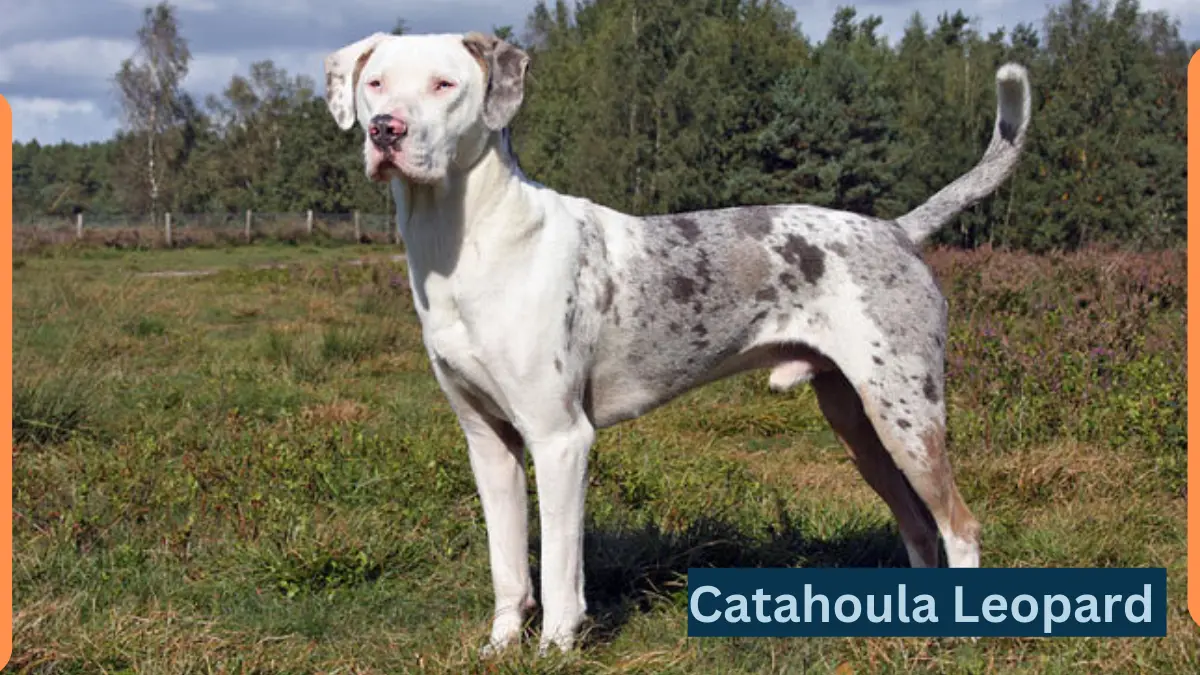Coati-Classification, Appearance, Habitat, and Facts
November 2, 2023
The coati is a raccoon-like mammal found in various parts of the Americas.

Coati
Here is some information about coatis:
| Topic | Information |
|---|---|
| Scientific Classification | Kingdom: Animalia |
| Phylum: Chordata | |
| Class: Mammalia | |
| Order: Carnivora | |
| Family: Procyonidae | |
| Genus: Nasua | |
| Species: Nasua nasua (South American coati) or Nasua narica (White-nosed coati, found in North and Central America) | |
| Physical Characteristics | Coatis have a long, slender body with a pointed snout. They typically have a bushy, ringed tail. The coloration varies depending on the species but often includes shades of brown, gray, and white. |
| Size | Coatis are about the size of a large house cat, with a body length of around 2 feet and a tail of about the same length. They weigh between 4 to 12 pounds. |
| Distribution and Habitat | Coatis are found in a range of habitats, including forests, grasslands, and tropical regions of the Americas. Their specific range depends on the species. |
| Behavior and Lifestyle | Coatis are social animals that often live in groups called troops. They are omnivorous, feeding on a diet of fruits, insects, small animals, and plants. They are known for their agile climbing and foraging abilities. |
| Reproduction and Life Cycles | Coatis give birth to litters of young, with the number of offspring varying by species. They are known to have a communal nesting and caregiving system within their troops. |
| Predators and Threats | Coatis face predation from various predators, including large birds of prey, wildcats, and snakes. Their populations can be threatened by habitat loss and human activities. |
| Interesting Facts and Features | Coatis are often seen foraging in a comical and coordinated manner, using their long snouts to search for food in tree bark and on the ground. |
| The South American coati is known for its distinctive reddish-brown fur and a long, flexible nose. | |
| Relationship with Humans | In some regions, coatis are kept as pets. However, in the wild, they can sometimes be considered pests due to their foraging habits. |
| Conservation Status and Life Today | The conservation status of coati species varies, but some are listed as least concern, while others are threatened due to habitat destruction and hunting. Conservation efforts are in place to protect their populations. |
Coatis are fascinating and adaptable creatures known for their social behavior and unique appearance. They play important roles in their ecosystems by helping to control insect populations and disperse seeds.
File Under:







Leave a Reply